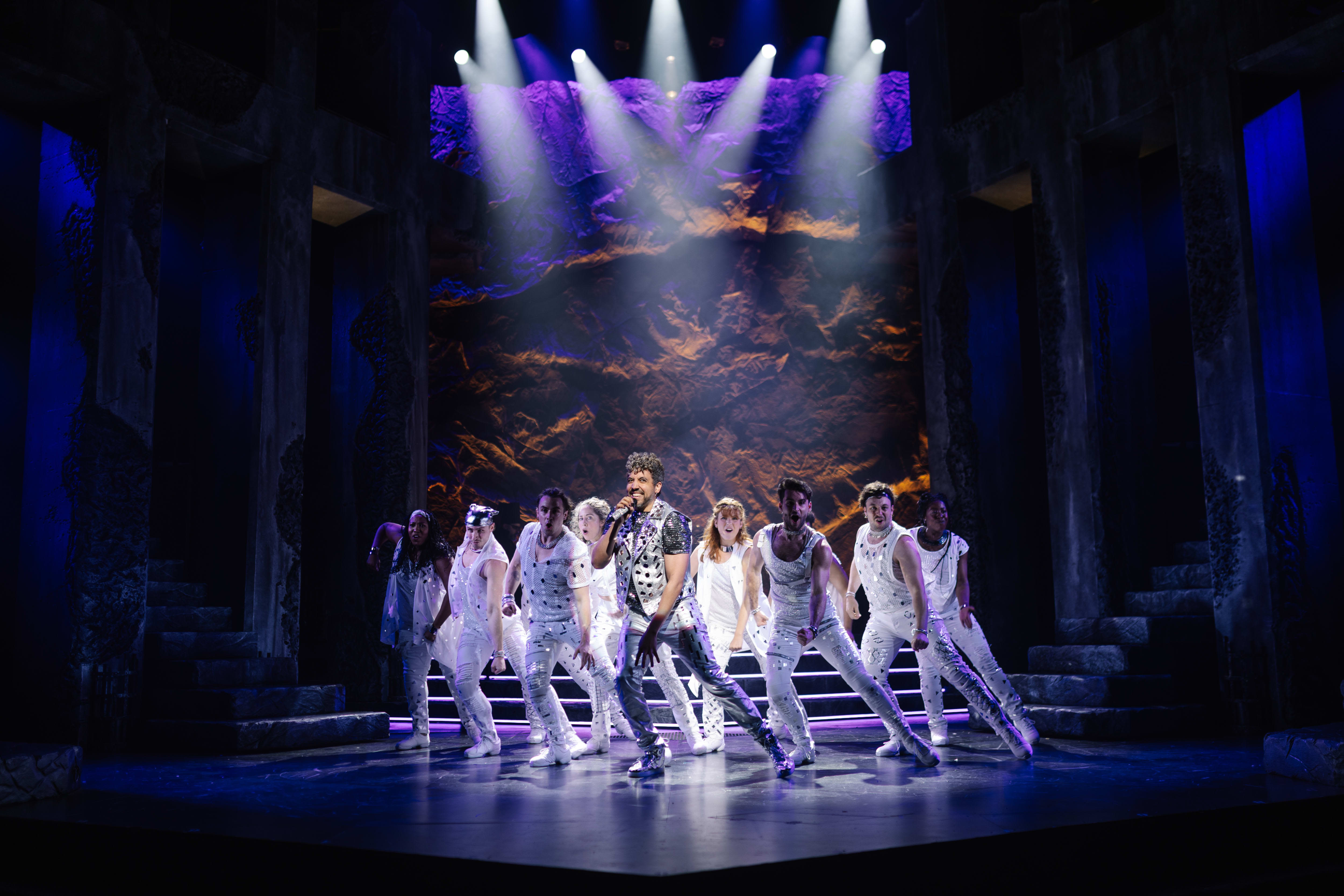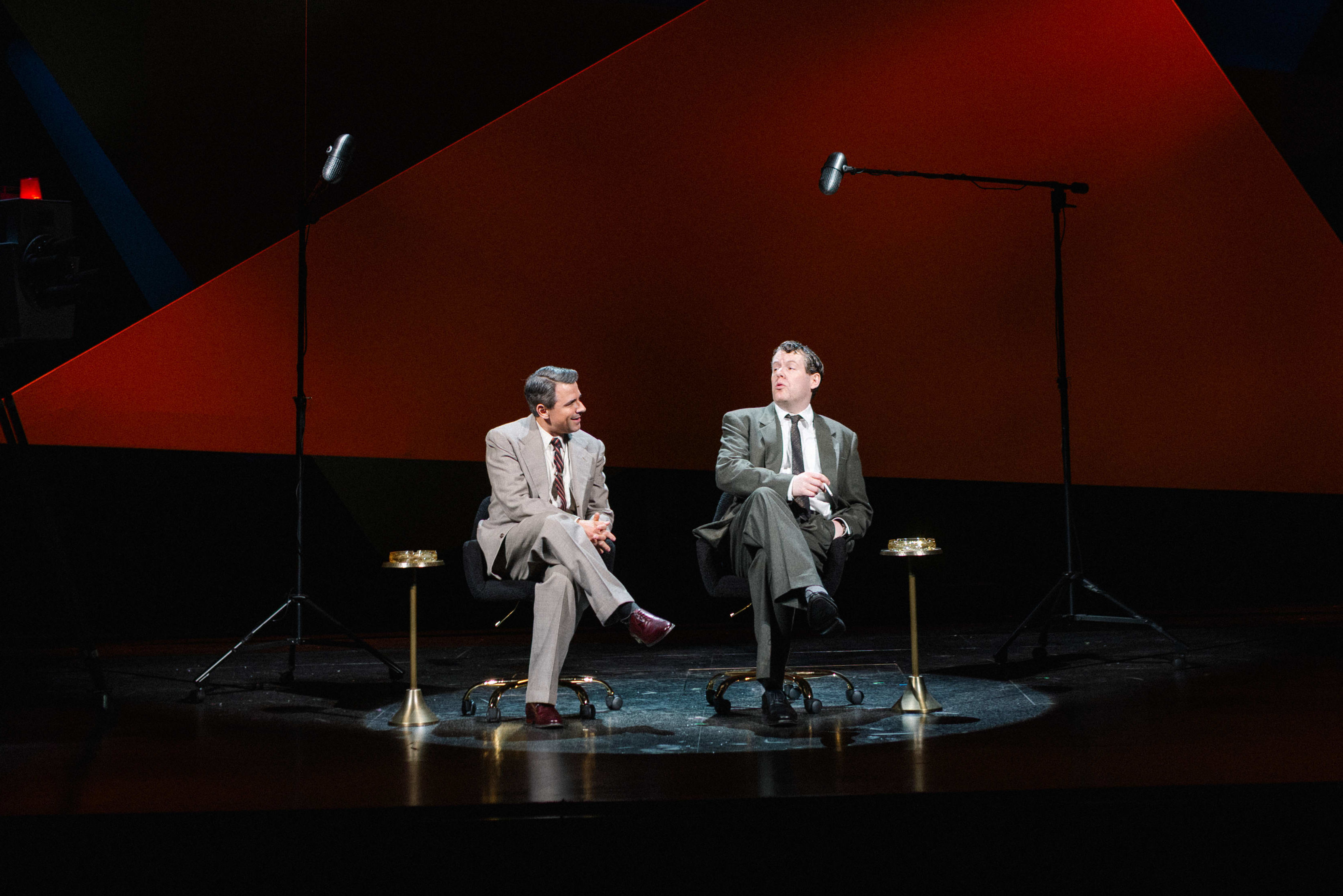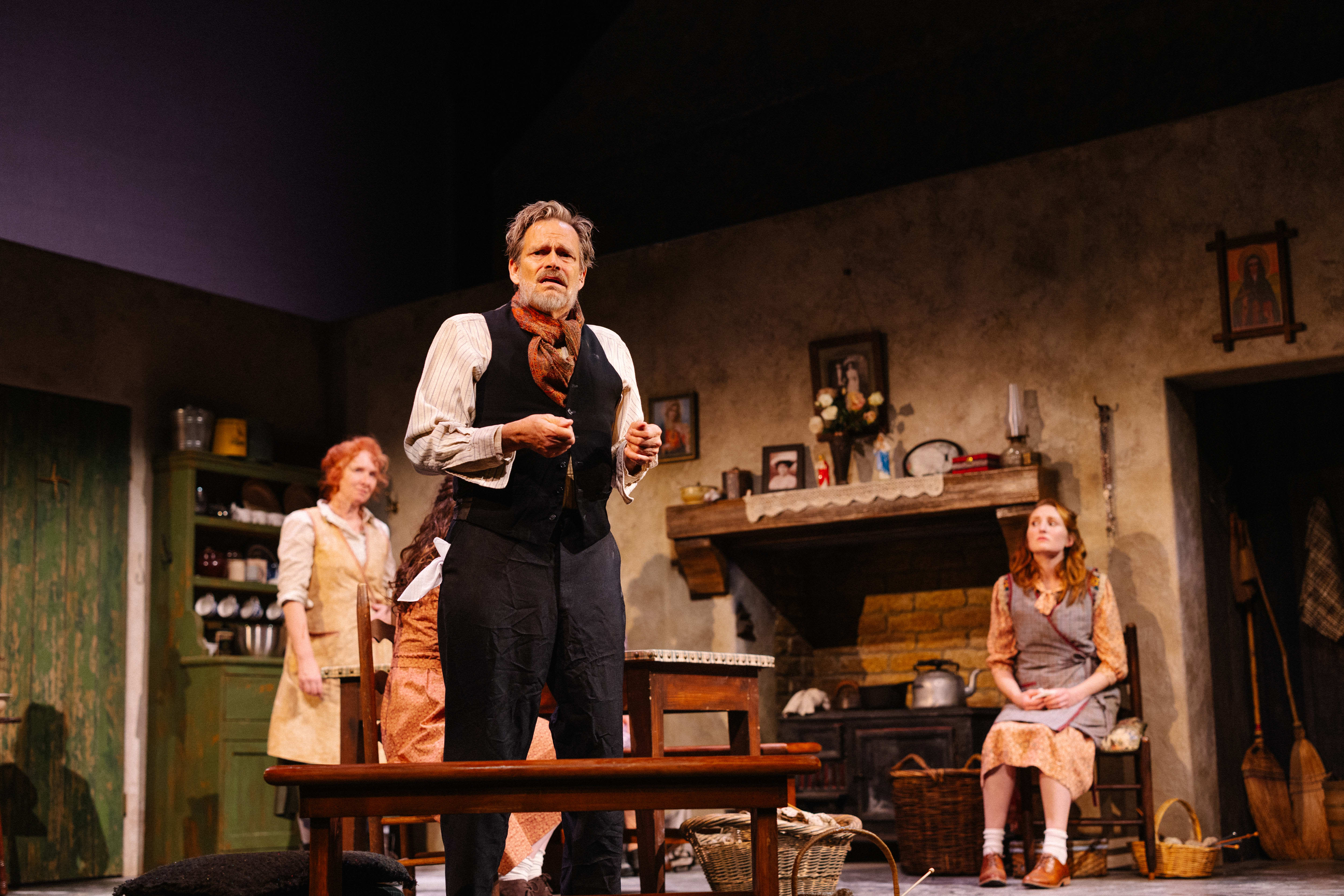Race and Immigration Issues of Yesterday and Today Come to the Stage in Asolo Rep's Ragtime
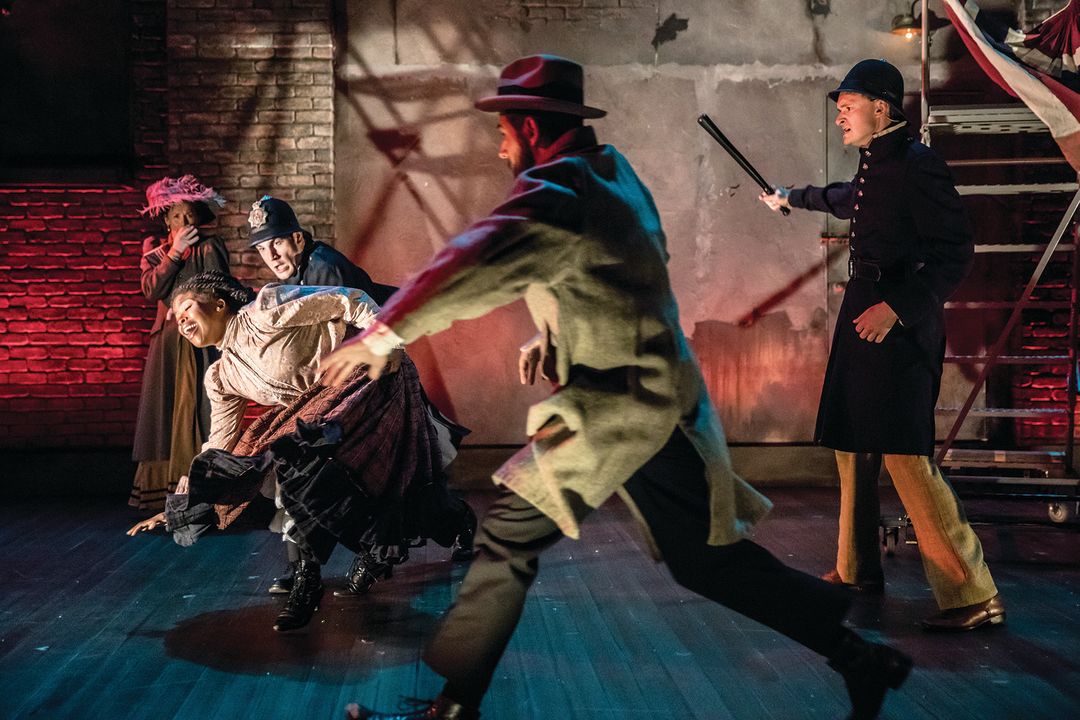
A scene from Theatre Latte Da’s production of Ragtime, directed by Peter Rothstein.
Image: Dan Norman
The musical Ragtime, like the panoramic E.L. Doctorow novel it’s based on, is set in an America of over a century ago. But, with its themes related to diversity and the immigrant experience, it feels particularly timely today as well—and that’s especially so in the version opening this month at Asolo Rep.
Director Peter Rothstein originally programmed the musical for the 240-seat theater he founded in Minnesota’s Twin Cities, Theater Latte Da, to run before and around the 2016 presidential election. (Seattle’s 5th Avenue Theater has also presented the production, in collaboration with Asolo Rep.) “I had no idea that the election would center so much on immigration,” he admits, “but I wanted to do a piece about our national identity—who we are and who we want to be.”
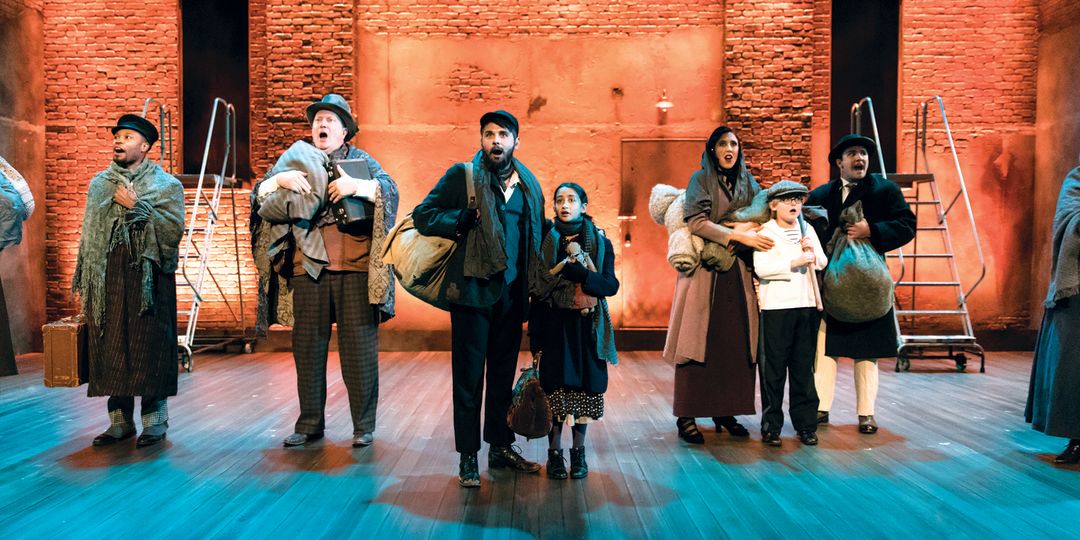
Some cast members from Rothstein’s previous productions of Ragtime will appear in Asolo Rep’s staging as well.
Image: Dan Norman
The original’s three-threaded narrative structure, focused on a white woman who’s married into privilege, African-Americans in Harlem, and a Jewish immigrant and his young daughter, played into that exploration. And, for the Twin Cities production, the real-life 2016 killing of African-American Philandro Castile in a police shooting (which also happens to one of Ragtime’s characters), made the piece “resonate in really powerful ways,” Rothstein says.
On Broadway, Ragtime was one of the largest shows of its time (1996). “It was glorious and epic, with a lot of pageantry,” recalls Rothstein. In the more intimate staging that will be seen at Asolo Rep, no major cuts have been made to the script, and all of the songs (by Stephen Flaherty and Lynn Ahrens) are intact.
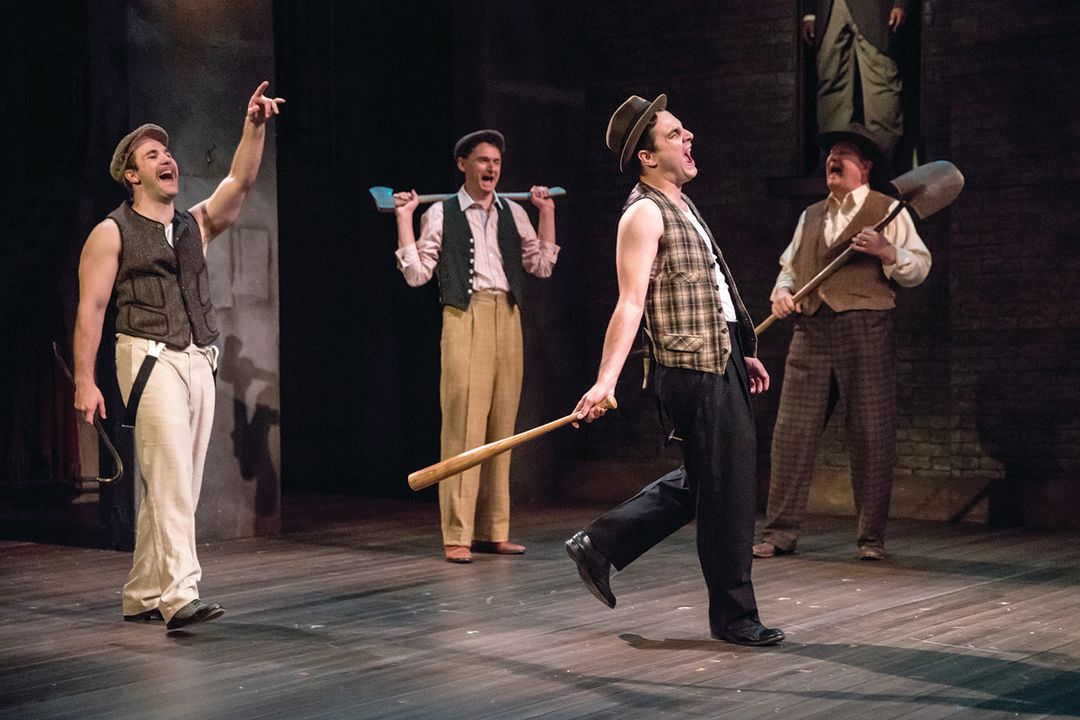
Daniel S. Hines, Riley McNutt, Benjamin Dutcher and James Ramlet
Image: Dan Norman
But the smaller cast (13 adults, four children, one of them an understudy), means that the principal characters serve as the chorus for each other. “They cross into each other’s stories as the supporting cast,” is how Rothstein explains it. “The audience gets much more time with the actors; in film terms, we ‘zoom in’ on the characters.”
The Sarasota production features some actors from the Twin Cities, some from Seattle, and a few from New York, with a mix of performers new to the piece and some who have already performed it. With a blend of five African-Americans and eight white cast members, Rothstein feels the show succeeds with its representation of race and communities. “There are times when race matters in the show, and times when we ask that it not matter,” he says.
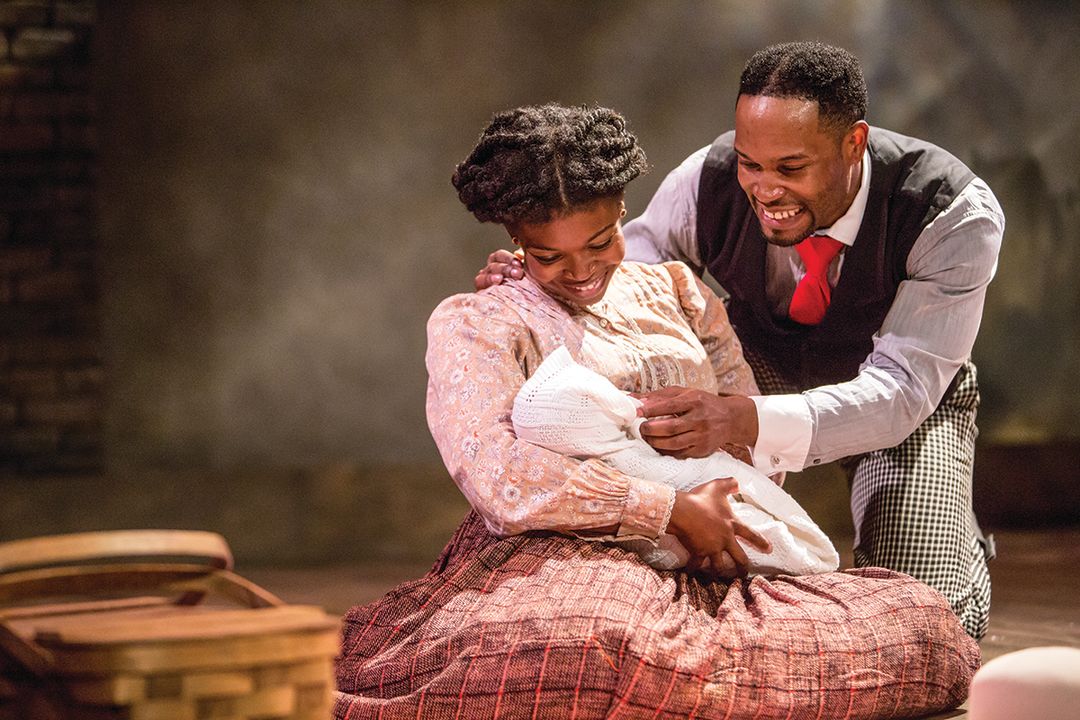
Traci Allen Shannon and David L. Murray Jr.
Image: Dan Norman
One design aspect springs directly from the profession of Jewish immigrant character Tateh, who creates silhouette portraits—solid shapes, usually in the color black on a white background—a popular art form of the period. “You don’t see color,” Rothstein says, “and what a beautiful thing that is.”
The director also adds, “I hope that the rigor and privilege of the artists having this conversation onstage makes it across the footlights and sparks dialogue.”
